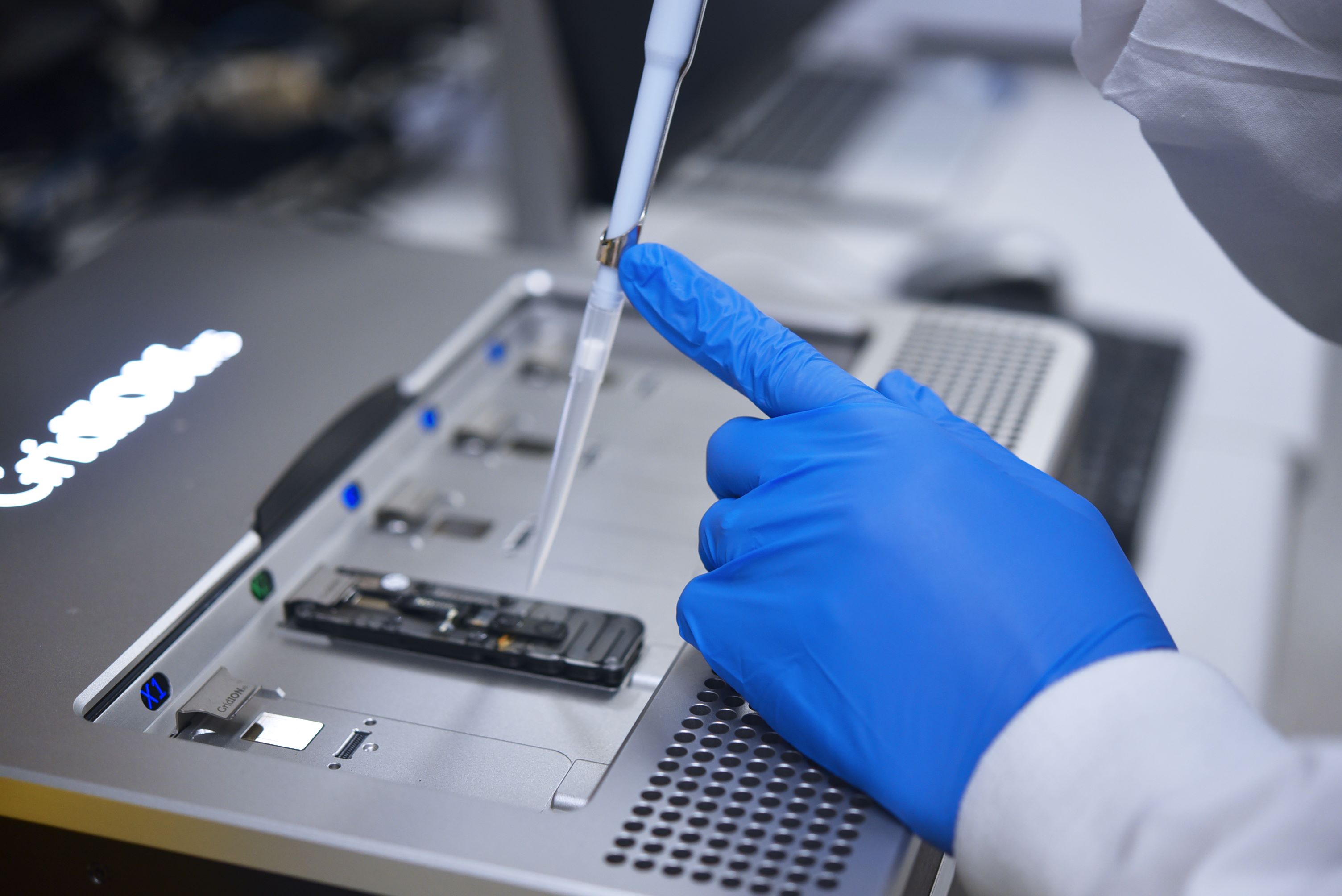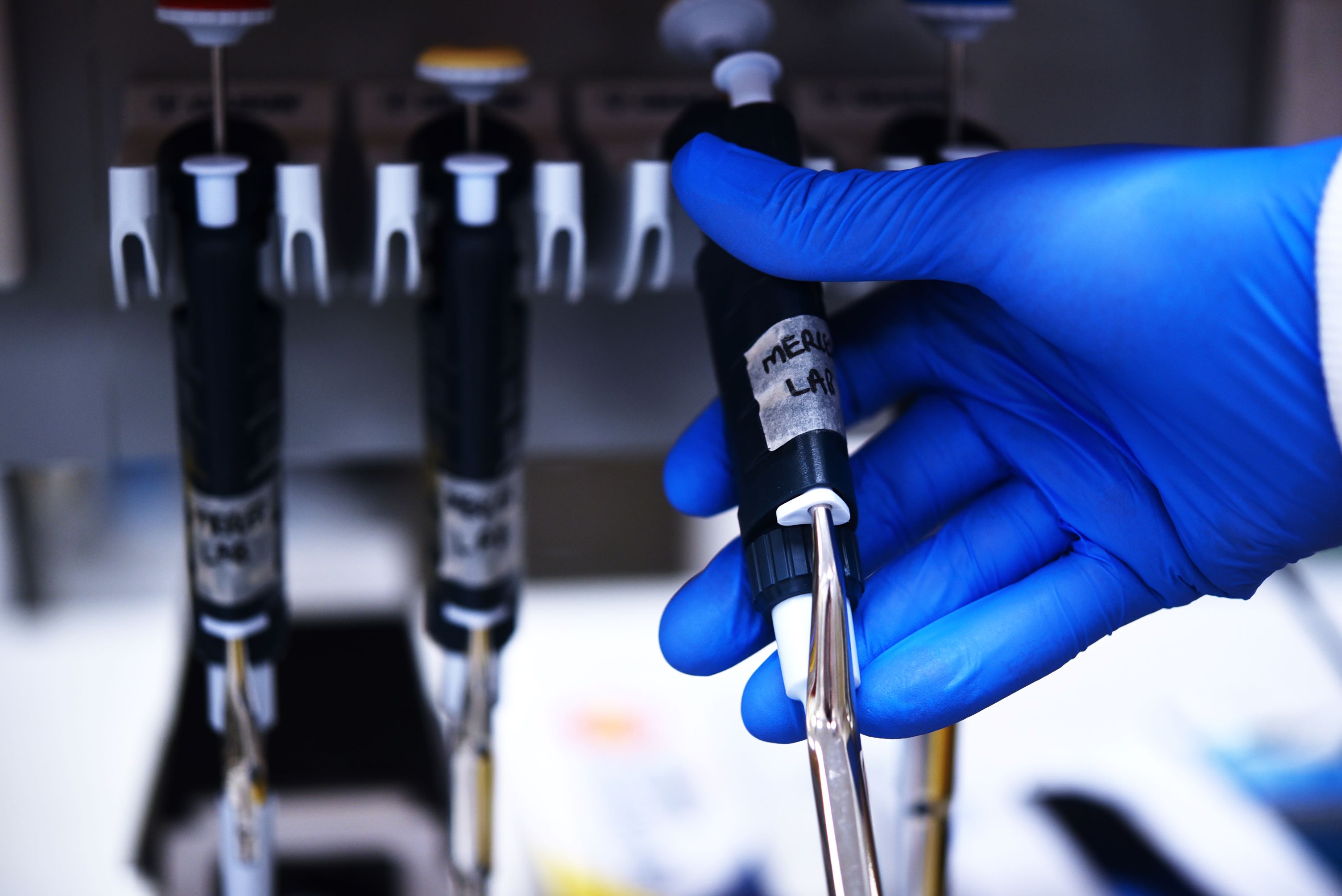Researchers at The University of Queensland are harnessing the latest sequencing technology developed by UK-based biotech Oxford Nanopore Technologies to analyse mRNA vaccines and therapies.
This approach promises to simplify and better ensure the quality of manufactured mRNA-based vaccines and therapeutics worldwide.

The BASE team at UQ’s Australian Institute for Bioengineering and Nanotechnology (AIBN) is already recognised as the biggest supplier of research-use mRNA in Australia, having built more than 200 mRNA vaccines and therapies for academic, clinical and industry use.
Building upon this work, under the new research partnership with Oxford Nanopore, BASE researchers will use the latest and improved nanopore-based sequencing technology to optimise performance and reduce the time needed to measure mRNA vaccine quality attributes.
“Currently, mRNA vaccines and therapies are analysed using a range of different methods that are time-consuming, complicated, and costly, and often outdated,” said BASE mRNA technologies researcher Dr Helen Gunter.

BASE researchers showed how nanopore sequencing can analyse the quality of mRNA vaccines and therapies, in a study published today in Nature Communications.
“By using Oxford Nanopore Technologies sequencing, we can directly analyse each individual mRNA vaccine molecule as it passes through a protein nanopore, providing a real-time measurement of the mRNA sequence identity and integrity,” Dr Gunter said.
This approach could also provide a useful research tool to better understand how mRNA vaccines work by studying how they behave within cells.
Crucially, Dr Gunter said in the future, mRNA vaccines could be analysed in real-time, providing testing within hours of mRNA manufacture so quality control issues could be quickly detected. Such rapid analysis is critical during the rapid manufacture of mRNA vaccines needed during a pandemic — or to support the future development of personalised therapies.
The recent success of COVID-19 mRNA vaccines had focused considerable attention and investment on the development of mRNA vaccines and therapies, with estimates valuing the mRNA market at $US68 billion by 2030.

However, to realise this potential, Dr Gunter said mRNA products must be manufactured at the high quality needed to ensure their effectiveness.
“Ultimately, we anticipate the use of nanopore RNA sequencing methods will become central to the development and manufacture of mRNA drugs,” Dr Gunter said.
"We are excited to partner with the BASE team at The University of Queensland to further research supporting the manufacture and quality control of mRNA vaccines and therapies,” said Gordon Sanghera, CEO of Oxford Nanopore.
“Nanopore sequencing is the only sensing technology that can read native RNA in real time, making it an essential part of the toolkit supporting the development of mRNA-based therapeutics.”
Read the full study in Nature Communications here.
Media: AIBN Communications, Alex Druce, a.druce@uq.edu.au, +61 447 305 979; communications@aibn.uq.edu.au



